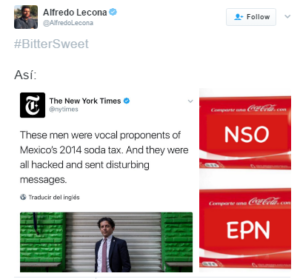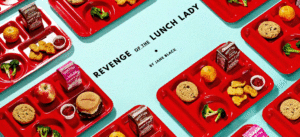Again, after 40 years, GAO still wants a unified food safety system
The congressional watchdog Government Accountability Office (GAO) has just published its latest plea for coordinating federal food safety programs: A National Strategy Is Needed to Address Fragmentation in Federal Oversight.
GAO persists in pointing out that 16 federal agencies administer 30 laws government food safety and quality, although USDA (meat and poultry) and FDA (everything else) have the greatest responsibility.
Despite some progress, GAO’s long-standing recommendation for a single, unified food safety agency continues to be ignored.
HHS’s and USDA’s efforts since 2014 are positive steps toward government-wide planning, but OMB has not addressed our recommendation for a government-wide plan for the federal food safety oversight system. Without an annually updated government-wide performance plan for food safety that includes results-oriented goals, performance measures, and a discussion of strategies and resources…Congress, program managers, and other decision makers are hampered in their ability to identify agencies and programs addressing similar missions and to set priorities, allocate resources, and restructure federal efforts, as needed, to achieve long-term goals. Also, without such a plan, federal food safety efforts are not clear and transparent to the public. OMB staff told us that they were not aware of any current plans to develop a government-wide performance plan for food safety.
The footnotes list previous GAO reports aimed at rationalizing our food safety system, among them:
- GAO, High-Risk Series: An Update, GAO-15-290 (Washington, D.C.: Feb. 11, 2015), GAO-15-180.
- GAO, Federal Food Safety Oversight: Food Safety Working Group Is a Positive First Step but Government-wide Planning Is Needed to Address Fragmentation, GAO-11-289 (Washington, D.C.: Mar. 18, 2011)
- GAO, High-Risk Series: An Update, GAO-07-310 (Washington, D.C.: January 2007)
- GAO, Food Safety: U.S. Needs a Single Agency to Administer a Unified, Risk-Based Inspection System, T-RCED-99-256 (Washington, D.C.: Aug. 4, 1999).
- GAO, Food Safety: A Unified, Risk-Based System Needed to Enhance Food Safety, T-RCED-94-71 (Washington, D.C.: Nov. 4, 1993)
- GAO, Food Safety and Quality: Uniform, Risk-based Inspection System Needed to Ensure Safe Food Supply, RCED-92-152 (Washington, D.C.: June 26, 1992)
- GAO, Need to Reassess Food Inspection Roles of Federal Organizations, B-168966 (Washington, D.C.: June 30, 1970).
One of these years, maybe?




 This is Jane’s astonishingly well researched account of what happened to school meals in Huntington, West Virginia—after Jamie Oliver left.
This is Jane’s astonishingly well researched account of what happened to school meals in Huntington, West Virginia—after Jamie Oliver left.
